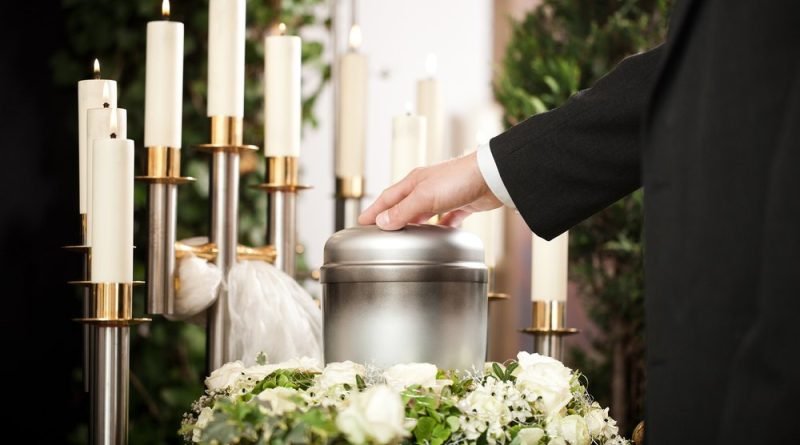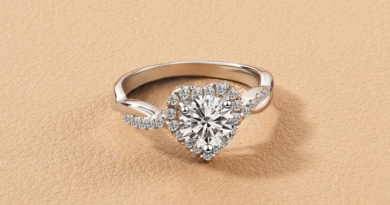Deciding Between Cremation and Burial: An In-Depth Look
The decision about how to handle a loved one’s remains often boils down to two primary choices: cremation or burial. Each carries its own distinct benefits and drawbacks, making the decision a deeply personal one.
Cremation vs. Traditional Burial: A Comparison
Cremation is a procedure where a person’s body is reduced to ash and bone fragments through exposure to intense heat. Over time, this method has grown in popularity in the United States as a cost-effective and environmentally conscious alternative to traditional burial.
Advantages of cremation include land and resource conservation, and the flexibility it affords for memorialization. Not requiring a cemetery plot or a casket can also make cremation more economical compared to a traditional funeral.
Traditional burial, on the other hand, is seen by many as a more respectful way to treat the deceased, allowing the body to return to the earth naturally. The choice between cremation and burial, thus, depends largely on personal beliefs and preferences.
One notable drawback of cremation is the absence of the body at funerals or memorial services. However, the convenience and potential cost savings of cremation often outweigh this disadvantage for many people.
The Cremation Process and the Equipment Involved
Cremation is a relatively straightforward process. The deceased’s body is prepared by removing clothing, jewelry, and any potentially hazardous devices like pacemakers. The body is then placed in a cremation-specific container or casket and moved to the cremation chamber. The chamber is heated to between 1,500 and 2,000 degrees Fahrenheit, effectively reducing the body to essential elements: ashes and bone fragments.
Following the procedure, the remains are placed in a cooling chamber before they are collected and transferred to an urn or another chosen container.
Options for Ashes Post-Cremation: Scattering or Burial?
Ashes can either be scattered in a meaningful location to the deceased, like a favorite park, hiking trail, or even at sea or in space, fostering a profound connection with nature. Alternatively, they can be buried in a cemetery or a home garden, providing a place for loved ones to remember and honor the deceased.
The decision of what to do with the cremated ashes is left up to the deceased’s loved ones.
Comparing Costs: Cremation vs. Burial
Traditional burial in the United States, on average, costs over $7,000. Costs can escalate further when factoring in a casket and burial plot. Cremation, in contrast, is often perceived as a more economical option due to the absence of these costs.
That said, cremation costs can add up if a service is included. However, options such as direct cremation (without a viewing or service) or renting a casket for viewing before opting for an economical container for cremation can help reduce costs.
Evaluating Environmental Impact: Cremation vs. Burial
Traditional burials, involving embalming the body and burying it in a casket, have a significant environmental impact. The production of caskets and headstones requires substantial energy and resources, while embalming fluids can contaminate soil and groundwater.
On the other hand, cremation is often considered the more environmentally friendly option. It uses fewer resources, does not require a casket or headstone, and avoids the use of harmful chemicals.
The Decision is Yours
Both cremation and burial offer unique benefits, making the choice a personal one. Factors such as cost, environmental impact, and personal beliefs should be weighed carefully.
Whether you decide on cremation or traditional burial, remember that your decision should honor the wishes and legacy of your loved one. Feel free to reach out to us with any questions or for additional information about either option. We’re here to assist you in this important decision-making process.




